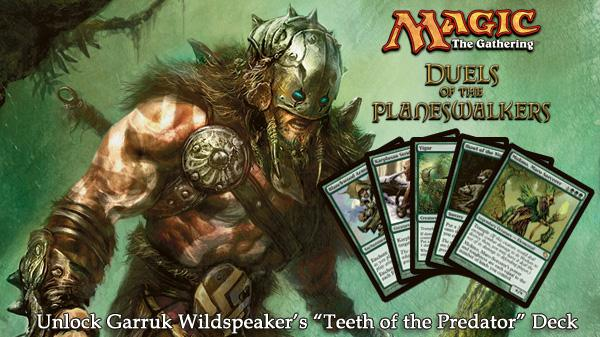

It’s like starting the game with an extra card in your hand! What is a Format? If at any point in the game, you’re running low on cards, or you have a bunch of extra mana to spend, you have this handy creature at your disposal. If your starting deck has 80 cards or more, Yorion can be your companion. Let’s focus on Yorion, Sky Nomad for a moment. If this card is your chosen companion, you may put it into your hand from outside the game for any time you could cast a sorcery. A companion is a card that starts in your sideboard and has the following text: Its companion ability requires your starting deck to contain twenty cards more than the minimum deck size (so 80 cards, basically).Ĭompanions, right. Yorion, Sky Nomad sees competitive play in a multitude of formats, in part due to its more forgiving deckbuilding restriction. This card, on the other hand, is very good. There are a couple of interesting cards in magic that allow you to have fun with larger deck sizes.

Let’s take a look at each of the two so we can figure out how best to build around them. There are exceptions to every rule though, aren’t there? To date, two cards in the history of Magic encourage larger deck sizes: Battle of Wits and Yorion, Sky Nomad. Consistency is key to winning games of Magic, and increased deck sizes lead to decreased consistency. When you increase your deck size, you lower your chances of drawing your best cards. Generally speaking, sticking to the minimum deck size is the way to go. I wouldn’t recommend including more than 60 cards in your deck. There’s no maximum deck size, as long as you can shuffle your deck in your hands unassisted.Include no more than four copies of any individual card in your main deck and sideboard combined (except basic lands).Up to fifteen cards may be included in your sideboard, if you use one.Here are the exact rules for Standard (the same rules apply to most other Constructed formats).


 0 kommentar(er)
0 kommentar(er)
